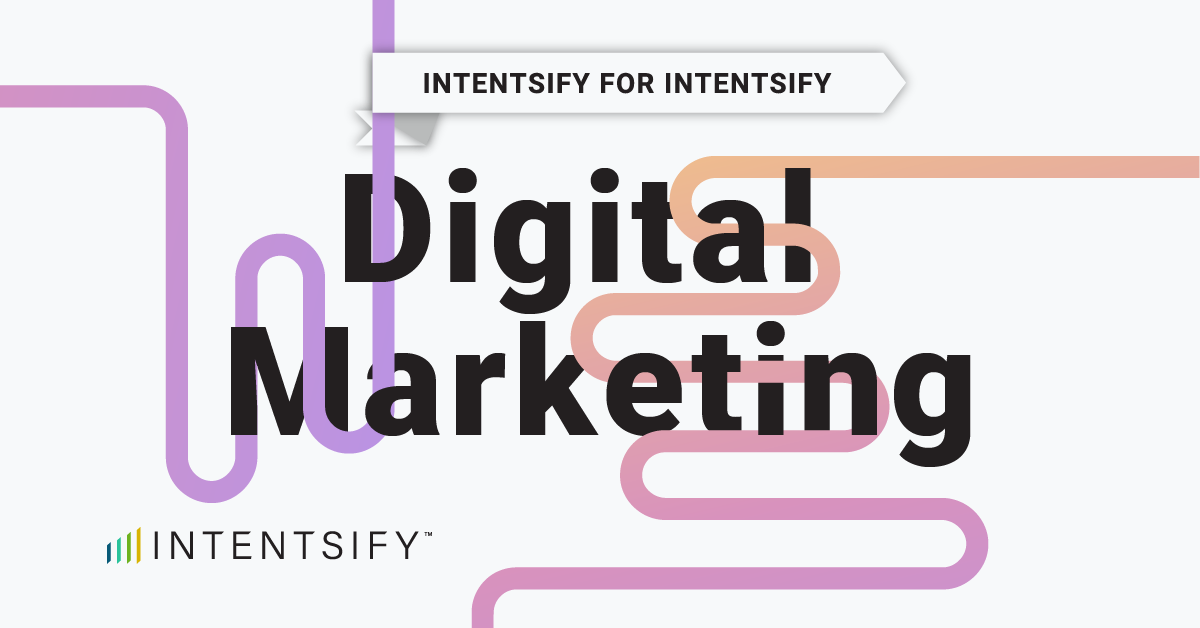Intent data is becoming an increasingly important tool among B2B organizations. According to a recent TOPO survey, 62% of companies are using one or more intent data solutions—up 29% from 2019 and 121% from 2018.
Of course, there are more than one type of intent data. Some intent feeds offer a general, global view of target-account research activities. Others provide a more focused, niche picture. Some sources derive signals from a cooperative of third-party web properties. Others focus on content consumption among their own websites. And still others gather intent signals among ad exchange data or public domains.
Each type is valuable in itself as well as complementary to the others. And they all typically derive intent by measuring content consumption around either topics or keywords. Understanding the differences between these two means of monitoring intent is critical to ensuring the successful use of your intent data investments.
Monitoring Intent Using Keywords
Keywords look for the use of specific words or phrases within a piece of content.
What’s Great About Tracking Keywords
Keywords allows for more specific tracking because you can monitor whatever keywords and/or combination of keywords you’d like. This is especially helpful when trying to identify a target account’s interest regarding niche solutions.
Further, it’s a dataset that can be customized to each organization, unique to your specific needs. Whereas topics are preset according to a taxonomy leveraged by many other organizations, keywords can be customized to the strengths and weaknesses of your business, your competitors’ brands and their solutions. It provides a one-of-a kind dataset specifically for you.
The Drawback of Monitoring Keywords
Used alone, tracking keywords doesn’t account for the contextual relevance of the entire piece of content being consumed. For example, say you’re interested in identifying companies looking to buy a financial technology (fintech) solution. One webpage may discuss the stock market value of specific fintech company and another page may contain an article ranking the best fintech solutions. Monitoring keywords alone may weight a user’s visit to each site equally, based on the number of mentions of “financial technology” and “fintech.” Yet, the article ranking fintech solution is obviously more important when assigning an intent score to the company consuming the content.
Monitoring Intent Using Topics
Monitoring topics is much better about ensuring the contextual relevance of the content consumed. Such relevance is typically identified using machine learning, such as natural language processing (NLP).
NLP is a subfield of computer science and linguistics that focuses on the interactions between computing and human language. More specifically, NLP is how we program computers to process and analyze large amounts of human language data.
What’s Great About Monitoring Topics
Using topics is valuable for preventing “false positive” intent signals. As in the example provided above, monitoring the topic of “fintech” or “financial technology” would consider the context of each page, and therefore give more weight to the article discussing the best fintech solutions.
Another great benefit of monitoring topics is that, using NLP, this method enables further segmentation, allowing intent data providers to delineate pieces of content by the extent of their relevance. For example, Intentsify’s proprietary feed provides customers with intent insights for topic-based activities and the corresponding buying stage for each signal. The latter measures target-accounts’ consumption of content that has been scored and identified with Intentsify’s methodology as relevant to either early or late research activity, including the extent to which the consumed content mentions specific products or competitors (which are typical of late-stage content), and tracks how that changes over time. This often helps marketers understand where target accounts are in their path to purchase so that they can better select follow-up tactics and messaging.
The Drawback of Monitoring Topics
With topics, you must rely on a preset topic taxonomy to select from. A lot of analysis goes into understanding which web pages are relevant to specific topics, which means it can’t be done in real time.
Instead intent data providers offering topic-based intent must gradually expand their taxonomy. All this means that you usually must stick to broad topics, preventing your ability to track companies’ research into niche solutions or less-known brands.
Using Topics and Keywords Together Allows Contextual Relevancy and Specificity
The optimal course of action is to monitor both specific keywords and topics. You can then layer the findings of both types of signals to identify the companies exhibiting the strongest intent to buy.
Unfortunately, most intent data providers only track one or the other, which requires you to do some heavy lifting around gathering data and overlaying signals to uncover the most meaning insights. This, of course, diminishes some of the value intent data is there to provide (namely, efficiency).
That’s one reason why we developed Intentsify’s Intelligence Activation to automate the aggregation of numerous intent data types—so you can get the benefits of intent insights without having to implement new processes for and allocate resources to gathering and digesting multiple sources of data.






